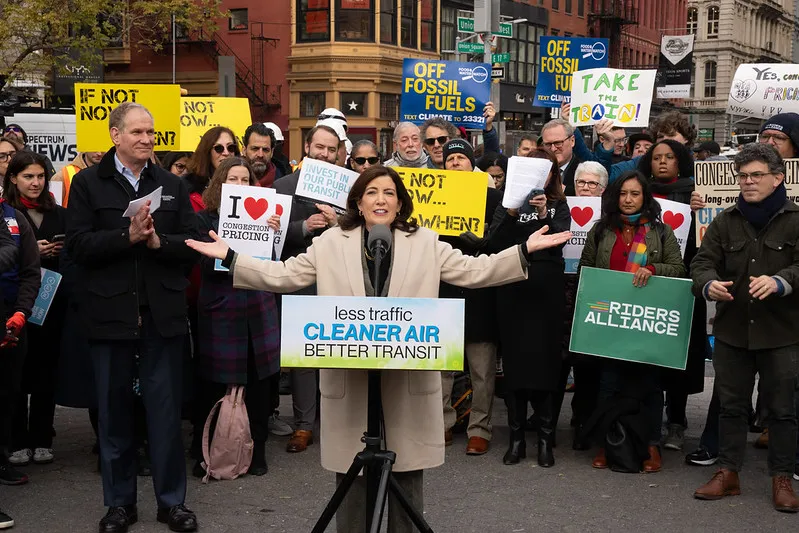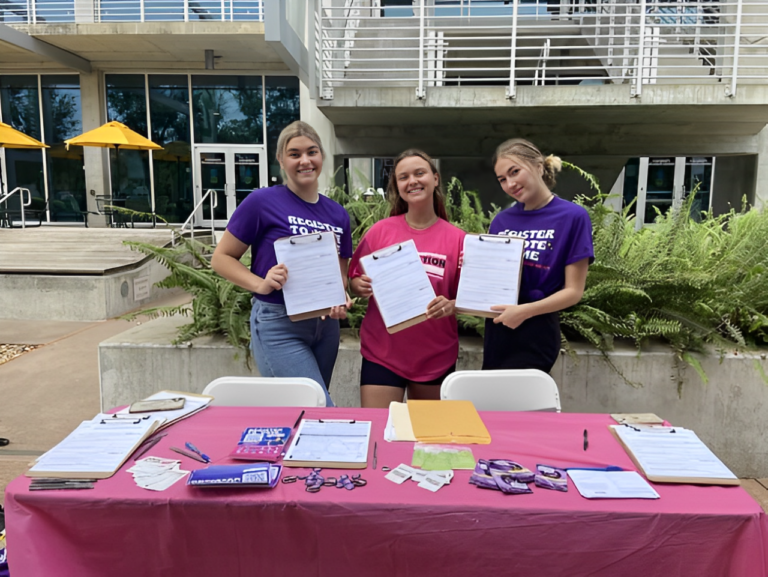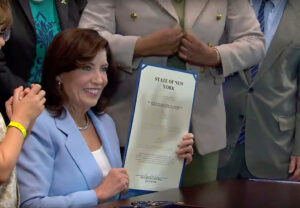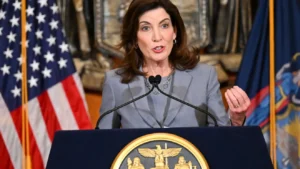The Atlantic Ave-Barclays Center stops a key transit hub in Brooklyn, where a passionate group of New Yorkers gathered to protest Governor Kathy Hochul’s indefinite pause on congestion pricing. The demonstrators, predominantly youth climate activists, made their voices heard with spirited chants of “Congestion pricing now!”
The rally was spearheaded by Keanu Arpels-Josiah, an 18-year-old policy co-lead at Fridays For Future NYC. Arpels-Josiah expressed his deep concern over the escalating climate crisis, highlighting the severe air quality issues and extreme weather events that have plagued the city. “The climate crisis is here and now, and air quality is getting worse and worse. We need a city we can breathe in,” he declared, emphasizing the urgent need for actionable solutions.
Supporters of congestion pricing argue that implementing the policy is crucial for reducing air pollution, which is a significant contributor to climate change. This rally coincided with an air quality alert issued by the New York State Department of Environmental Protection, underscoring the immediate relevance of their demands.
The congestion pricing plan, designed to charge vehicles entering the most congested areas of Manhattan, aims to decrease traffic and lower pollution levels. Funds generated from this initiative would be allocated to modernize the city’s aging mass transit system, addressing critical issues such as elevator and accessibility improvements, signal upgrades, and overall service reliability.
Danny Pearlstein, policy and communications director for the Riders Alliance, stressed the importance of congestion pricing for the future of New York’s transit system. “Fixing the subway is one of the most urgent policy issues in New York. Congestion pricing is the keystone to fund the MTA,” Pearlstein stated. The Riders Alliance and other advocates believe that the revenue from congestion pricing is essential for the Metropolitan Transportation Authority (MTA) to undertake necessary infrastructure upgrades and expansions.
Molly Galvin, a mother who attended the rally with her daughter, shared her experiences navigating the city’s transit system. “I’ve been using public transit since ever she was born, including when she was in a stroller, and that is when I learned how deficient the elevators are in the system,” Galvin recounted. Her story highlighted the daily struggles faced by many New Yorkers who rely on public transportation.

Despite the passionate pleas from activists, Governor Hochul has stood by her decision to pause the congestion pricing plan. In a recent interview on MSNBC, she explained, “That was our decision to put a pause on it. This does not mean it’s over. We’ll find funding sources for all the projects that are important to be funded by this.” Her statement indicates a willingness to explore alternative funding methods, though specifics remain unclear.
The decision to pause congestion pricing has sparked not only rallies in support of the initiative but also gatherings opposing it. In Staten Island, a rally was held where participants criticized the governor for the financial expenditures on infrastructure related to congestion pricing before the pause was announced. Republican Staten Island Borough President Vito Fossella remarked, “They still have the overhead scanners throughout Manhattan. They wasted half a billion dollars on them,” reflecting the frustration of those who see the pause as a costly and inefficient use of resources.
A recent Siena Poll revealed a divided public opinion on the issue. Nearly half of New York State voters support the governor’s decision to pause congestion pricing, but only 38% hold a favorable view of Governor Hochul herself. This split underscores the complexity and contentiousness of the issue, with strong feelings on both sides.
Rally organizers intentionally chose the Atlantic Ave-Barclays Center stop for the demonstration due to its significance as a transit hub requiring substantial upgrades. The station, a critical transfer point for multiple subway lines, lacks essential accessibility features such as elevators, which are crucial for travelers with luggage, families with strollers, and individuals with disabilities.
Danna Dennis, senior organizer at Riders Alliance, pointed out the pressing need for these improvements, saying, “You have riders that are connecting to the A train. They need to get to the airport, the Rockaways, and JFK. They have luggage, and they need to get on at this station. There is nothing that takes you from this ground level down to that platform but stairs.”
Read More: Florida’s Climate Rollercoaster: Record Heat Gives Way to Heavy Rainfall!
Rio Linda Campers Without Homes Are Kicked Out of Longtime Site!
Identity: The Sacramento Security Guard Who Died on The Job in The Bay Area Has Been Confirmed!
The future of congestion pricing in New York City remains uncertain. With no proposed date for lifting the pause, tensions continue to rise among advocates and opponents. The debate over how best to fund and improve the city’s transit system while addressing environmental concerns is likely to persist, reflecting broader challenges in urban planning and climate policy.







+ There are no comments
Add yours